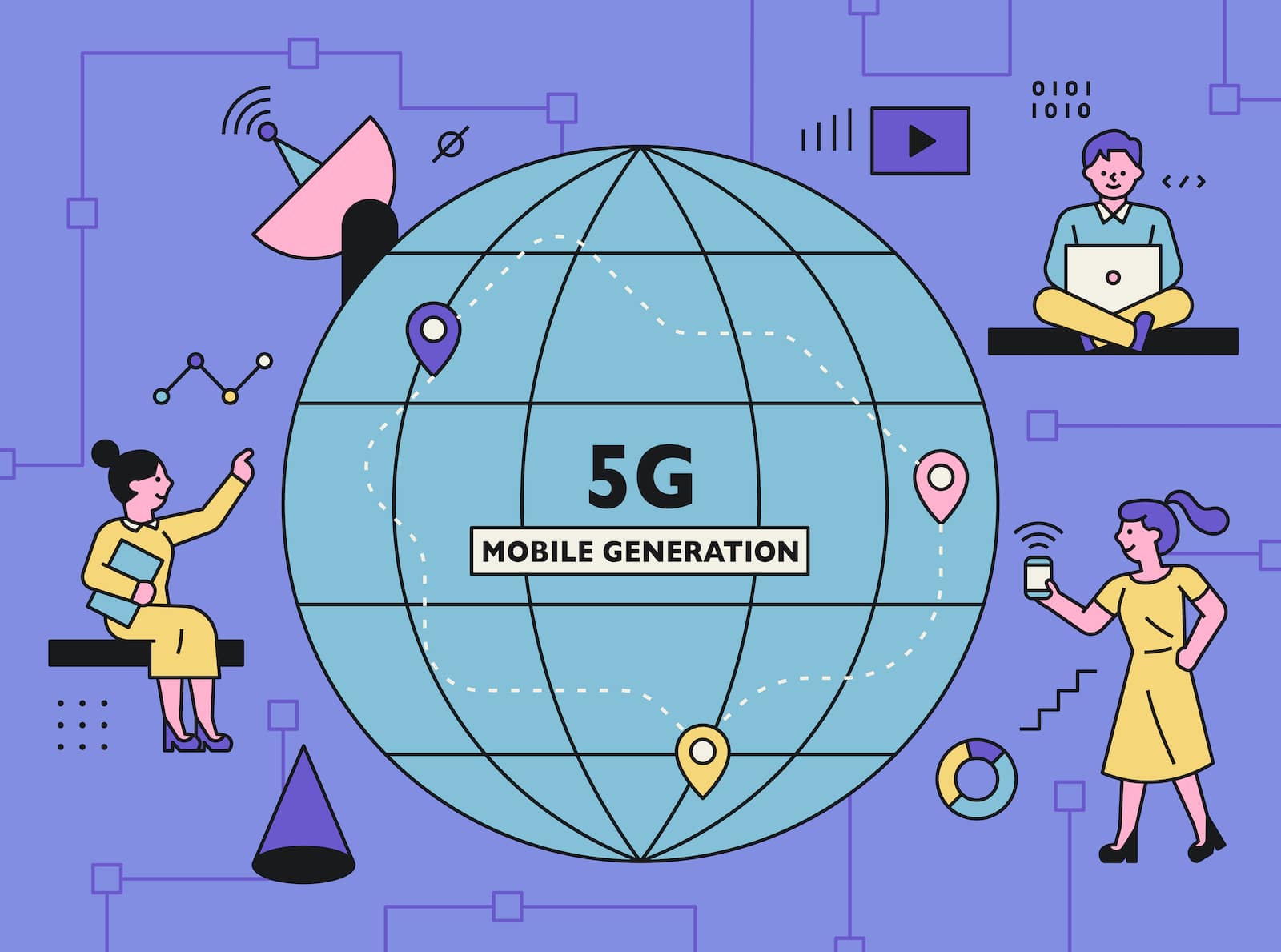“4G has changed people's lives, but 5G is set to change societies. Building on 4G, 5G provides richer services and further extends industry boundaries,” reads a new whitepaper. “Statistics show that more than 70% of services in 4G occur indoors, and industry predictions show that this percentage will surpass 80% as 5G spreads service diversity and extends business boundaries. Based on this, we can see that 5G indoor mobile networks will become an essential part of operators' core competitiveness.”
The whitepaper, released during the recent 2019 Global Mobile Broadband Forum was developed jointly by Hong Kong Telecom (HKT), ICT giant Huawei, and the GSA (Global mobile Suppliers Association), to explore the indoor applications of 5G. It focuses on 5G deployment rates, the growing interest in buildings as 5G hotspots, E2E digital integration, and provides a deep-dive into four indoor 5G use cases: stadiums, hospitals, transport hubs, and commercial real estate. In this article, we focus on healthcare and commercial buildings while highlighting the key points of this 45-page document — available in full here.
5G has numerous applications in commercial real estate, which includes retail establishments, hotels and entertainment facilities, or office buildings. The common theme of those applications appears to be: more intelligence of wireless edge devices and richer multimedia experiences. Consider robots, for example, a futuristic symbol of the ultimate intelligent edge “device” that can sense, interface, and provide a variety of services across the building, often utilizing some form of mobility.
In a world of increasing deliveries, commercial buildings seek to avoid the security risks of giving access to couriers and the inefficiency of many receptionist-based systems. In the not-so-distant future, 5G will provide a level of connectivity that would allow robots to efficiently collect and deliver internal and external packages around the building. “With advanced indoor positioning and low latency, 5G networks enable delivery robots to finish the last-100 meters delivery,” the paper states, also highlighting similar solutions for hotel room service.
The high-bandwidth offered by 5G networks also brings a new level to emersive multimedia experiences. The introduction of 5G offers will quickly provide a boost to telepresence conferences, which will evolve to 4K/8K HD and eventually “holographic projection conferences.” Operators are expected to provide dedicated 5G conference room solutions for enterprises, following a service model by charging based on time, service level, and traffic. This will bring new levels of collaboration to multinational corporations and encourage wider participation in project development, bringing us one step closer to The Virtual Office.
In the healthcare industry, 5G can enable a number of applications that take advantage of the more reliable and data-rich connectivity. First, however, the introduction of 5G will serve to improve current 4G/WiFi-based smart building systems, such as wayfinding that could soon incorporate automated, smart wheelchairs and beds to move immobile patients. Not unlike the delivery robots described above but full of safety and comfort features to suit patient needs. However, the really exciting healthcare applications come when 5G connects the world’s best medical knowledge and skills to where it is needed most.
The top specialists are in high demand around the world as medical cases arise. Like conferencing, 5G promises better “remote consultations,” where doctors on the other side of the world can interact more comprehensively with the patient and other doctors. This will evolve into “remote ward rounds,” where cloud VR-based panoramic cameras and sensors allow doctors to interact with patients and even administer medication while viewing real-time health information. Finally, “remote surgery” will allow the world’s top surgeons to virtually enter operating rooms anywhere in the world to complete the highest priority operations without moving patients.

5G is not here yet. The industry started talking about 5G before 4G was introduced and the buzz overflowed early this year with the first pilot projects going into action. While core infrastructure will have to be established before we can develop the discussion on “robot-room-service and bedroom-brain-surgeons,” this whitepaper serves as a taste of what is possible and how that is driving the rapid deployment of 5G around the world.
“Following the finalization of the 3GPP Release 15 standard for 5th Generation (5G) mobile
communications and the issuance of 5G licenses in various countries, 5G deployment is now
accelerating internationally. As of July 25, 2019, 5G has been put into commercial use on 27 networks worldwide, with more than 150,000 5G base stations deployed, and this number is continuously growing,” the October 2019 whitepaper reports.
Once core infrastructure is up and running, the emerging smart building space will represent one of the most significant sources of value generation for mobile network operators in the 5G era. This, in turn, will drive the development of indoor coverage in the rush to deliver optimized user experiences, efficient O&M, intelligent building operation, digital products, and the enhanced integration that can be used to build the wide range of smart building environments we now have.
"5G will be closely related to vertical industries, which were completely independent of each other in the past,” said Joe Barrett, President of the GSA, during the launch of the whitepaper. “In the future, 5G will become a vital part of smart building property infrastructure, just as important as water, electricity, and gas, and will become the core of smart city evolution."
Follow to get the Latest News & Analysis about Smart Buildings in your Inbox!



